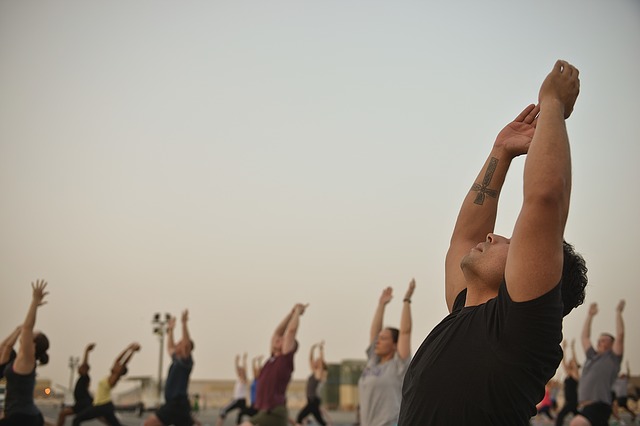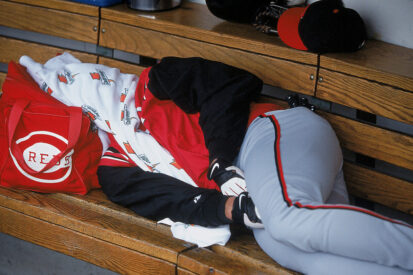As we all know, stretching is a very important part of every athlete’s regimen. Stretching improves your joint range of motion, prepares you for exercise or athletic performance, and decreases your risk of injury. Did you know that there are different methods of stretching and that the timing of each are crucial to your success?
It is no fun to be sidelined by injuries that could be prevented by stretching properly. Unfortunately, this is a very common occurrence in many athletes. If we have control over preventing injury, we should do our best to do so.
There are two types of stretching methods that I will go over in this article. The first is dynamic stretching. Dynamic stretching is a movement based method in which you are taking your muscles through its full range of motion to prepare you for your specific sport or workout. The second is static stretching, which is when you are holding each stretch for a longer period of time. This can be anywhere from 15-30 seconds per muscle group.
Knowing the time and place for each can help you to maximize your abilities on the field. Both stretches are essential for every athlete so understanding the purpose of both is important.
Dynamic should be done before you practice or play your game. This is because it increases your range of motion, decreases risk of injury, and increases blood and oxygen flow to each muscle group. Before getting into your dynamic stretch, it is highly recommended to do some light aerobic activity to warm the body up first before going through your routine.
Static stretching should be done after you practice or play your game. A necessity is warming up the muscles to get the most out of static stretching, which works perfectly if done after exercise. Static stretching will improve your flexibility and lengthen each muscle group that you target. This will help you to increase your range of motion when doing your dynamic stretching and will also help with your performance on the field.

Most of us know how to static stretch already (if you don’t, we can help you) so here are 10 Dynamic Stretches you can incorporate into your daily warm-up routine:
- High Knees: Focus on driving your knee up to the sky in a running motion. Try to get as many reps as you can within 70 feet.
- Butt Kickers: This is the same motion as high knees except you are focusing on your hamstrings by kicking your heels to your buttocks.
- Walking Knee Hugs: Grab your knee and pull it into your chest and alternate each step. Hold for a good second before going to the next repetition.
- Lunge with Twists: Lunge forward and twist to the side of the front leg. If your right leg is out in front during the lunge, twist to the right and then repeat on the left side.
- Inch Worms: Get into a plank position and walk your feet to your hands slowly while keeping your body straight. Once you cannot get closer to your hands, start to walk your hands away from your feet until you are back in the plank position.
- Karaoke: Facing sideways, you are crossing your back foot in front your lead foot, stepping back to neutral, crossing your back foot behind your lead foot, then back to neutral. This is done at a quick pace.
- Shuffles with arm swings: Shuffle one way while swinging your arms as if you were making a snow angel. This will help you loosen your upper body as well.
- Power Skips for height: Skip as high as you can focusing on driving your knee and opposite arm up to the sky.
- Power Skips for Distance: Skip as far as you can focusing on driving your entire body forward.
- Arm Circles: Small and big. This helps to loosen up your upper body.
Above are just brief descriptions, but we recommend watching video or having a personal trainer with you to go over them properly. Knowing the differences between dynamic and static stretching will help you to be conscious of how you stretch and when you use each method. This will ensure that you stay health while also gaining the flexibility needed to compete at a high level.








